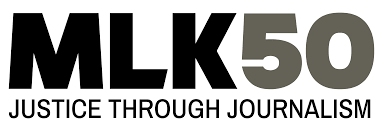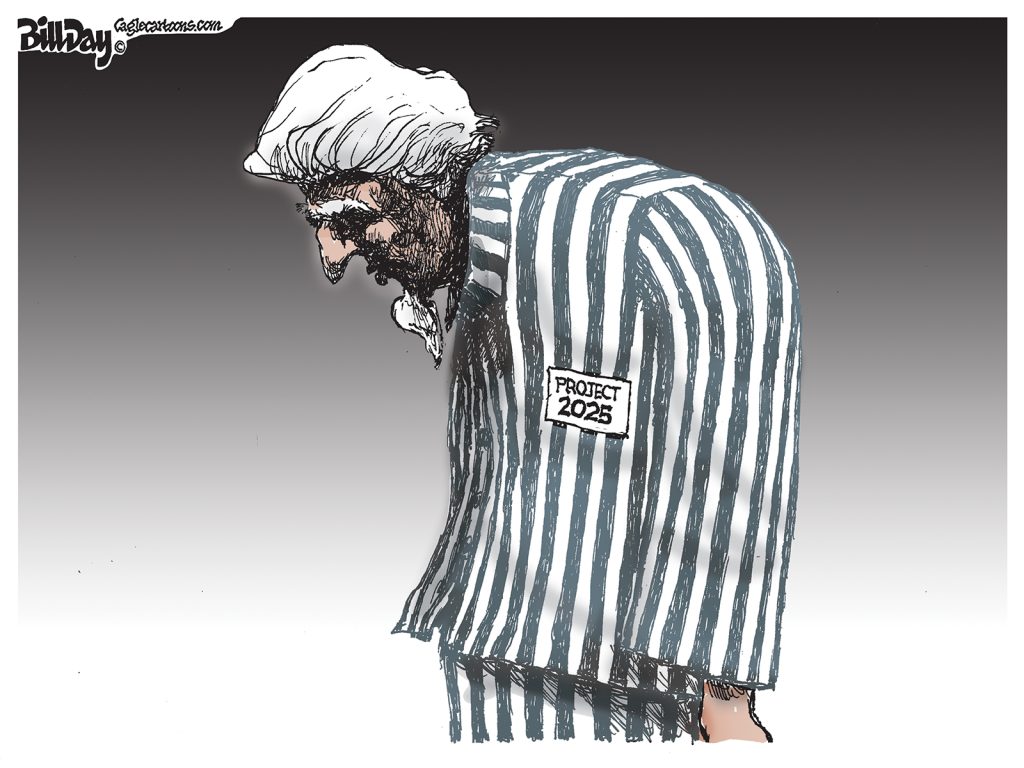The following is my City Journal column in Memphis magazine that was published in February:
It’s next to impossible to find a receptive audience this month for Supreme Court Justice Oliver Wendell Holmes’ often-repeated bromide that taxes are what we pay for a civilized society.
A dissenting opinion is robust in February because the last day of the month is the deadline to pay property taxes for Memphis and Shelby County.
Holmes’ maxim, carved over the entrance to the Capitol’s Internal Revenue Service headquarters, was itself a dissent in a Supreme Court case about whether a government imposition is a tax or a penalty. Few Memphis taxpayers really care since there’s no choice but to pay it.
And yet, while we are justifiably focused on property taxes, it’s the tax burden that matters more. That may feel like cold comfort but when the overall tax burden is considered, Memphis fares well.
For many years, the once valuable and now decimated University of Memphis’ Sparks Bureau of Business and Economic Research produced reports that showed that despite conventional wisdom to the contrary, the top 10 cities in our region with the highest tax burdens did not even include Memphis but instead the list was comprised of eight cities in North Mississippi and two just across the river in Arkansas.
Using those rankings as context, Memphis lost some of its edge this year when City of Memphis increased the cost of living in the city with a 49 cent property tax increase, the doubling of the passenger vehicle registration fee (a cleverer and less contentious moniker than Shelby County’s wheel tax) to a maximum of $60, and a $12 month increase in the solid waste fee that raises it to $42 monthly.
University of Memphis added property taxes, sales taxes, auto registration renewals, and income taxes to determine tax burdens. Auto renewal costs and income taxes have been the clinchers in Memphis’ favor with a tax burden roughly half of the top 10.
Even with the highest city-county property tax rate and this year’s 18.2% increase (that cost homeowners of $200,000 houses $250 more a year), Memphis still trails its high tax burdened neighbors. Despite the gnashing of teeth about this year’s tax hike, the rate of 3.1954 cents (per 100 dollars assessment) is still lower than the highest tax rate during the terms of each of the past five Memphis mayors – from Wyeth Chandler to Jim Strickland.
Here’s the thing about taxes: the deciding factor about whether they are too high ultimately is about whether taxpayers feel they are getting value for the taxes they pay. Judging from comments on social media and media outlets, this is clearly up for debate.
Studies show that people are willing to pay more if they can expect higher quality public services they can see and experience in their own lives. It’s a virtuous cycle – quality services contribute to higher property values which in turn produces more tax revenues which are spent as investments in public assets which increase property values and the cycle begins all over. Many high-value tax cities are known for investments in better education, better public spaces, better planning, better public transit, active downtowns, and better quality of life.
Nashville reinvented itself by spending on these priorities. Memphians regularly comment that because Nashville’s property tax rate is still only about half of ours, it must mean that local government there is better managed – although Nashville raised its property rate 34% in 2020 and last November increased its sales tax rate.
It’s more math than management. The median value of owner-occupied housing there, according to the Census Bureau, is $383,000 compared to $157,000 in Memphis. That difference alone produces half a billion dollars more in revenues for Nashville’s local government to spend on major projects and programs that have been magnets for population growth.
The challenge here for Mayor Young and other Memphis elected officials is to explain the math, the lower tax burden, and specifically how higher taxes improve the lives of the people who pay them. In City Council budget hearings that resulted in a tax increase, the debate was largely about how more money was needed for underfunded city services but too little time explaining to the public how that would improve Memphians’ lives.
After the hearings, City Hall seemed to turn the page; however, it’s never too late to explain and educate taxpayers about the value from their taxes and the added value from the increase.
It won’t be easy. Government is roughly a sixth level interest for most people, following family, job, friends, church, and neighborhoods, and to complicate things, citizens are shaken by problems they see in public agencies – from MATA to the Animal Shelter, from Memphis-Shelby County Schools to MLGW, and from the convention center hotel to PILOTs.
In a city with high poverty, most of all, it’s worth remembering that the tax system asks the most from those who have less. That’s because Tennessee has the third most regressive tax structure in the U.S., meaning that low and middle-income families pay a higher share of their incomes in taxes than wealthy families.
This upside-down tax system allows Tennessee politicians to brag that it’s a “low tax” state, but it dodges the obvious question: low tax for whom? In our state, the families in the lowest 20% pay about 13% of their income in state and local taxes, the middle pays nine percent while the top one percent pays four percent.
In that way, the state tax system is a key contributor to the inequality that is pronounced in our community, leaving Memphis and Shelby County governments to rely heavily on sales taxes, property taxes, and fees, the sources which make the system so regressive in the first place.
**
Join us at the Smart City Memphis Facebook page and on Instagram for daily articles, reports, and commentaries that are relevant to Memphis.





In the 1950s, John Kenneth Galbraith published The Affluent Society. In it he argued, among many other things, that a modern society requires public goods (usually provided by government) to rise more rapidly than private goods. The rationale was that public goods were needed in large quantity to make private goods more useful. It was an interesting — and I think a fairly valid argument. Sadly, we Americans don’t like taxes — consequently our public sector is often fairly low quality. We complain about potholes, but no one wants them filled if it costs money to do so.